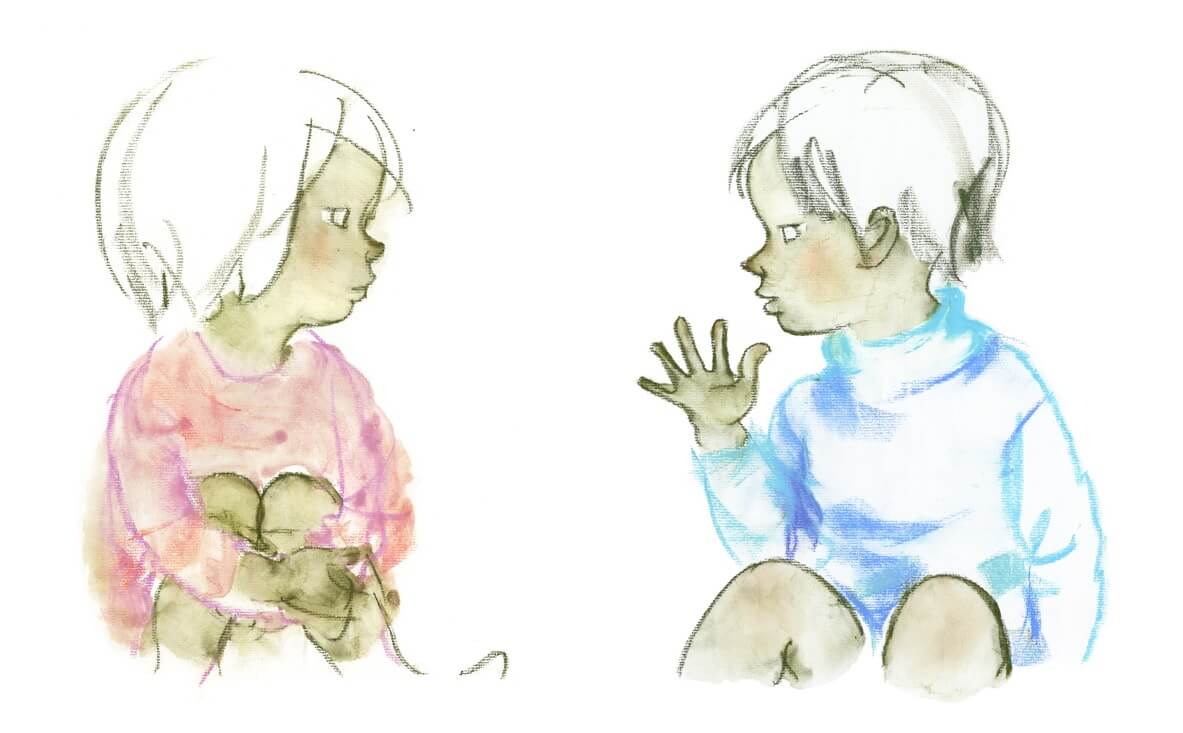
Chihiro Iwasaki, Girl in Pink Sweater, Boy in Light Blue Sweater, from Tonari ni Kita Ko (Will You Be My Friend?), Shiko-sha, 1970.
-
Commemorating the 50th Anniversary of Chihiro Iwasaki’s Passing: To All ChildrenWe Are All Friend
Commemorating the 50th Anniversary of Chihiro Iwasaki’s Passing
From Chihiro to the children of today and those who were once children—
2024 marks the 50th anniversary of Chihiro Iwasaki’s passing. Over this past half century, the world has changed dramatically, as has the surroundings in which children now find themselves. Against this new backdrop, what do Chihiro’s works tell us today?
Throughout 2024, the Chihiro Art Museum (Tokyo and Azumino) will hold a new exhibition aimed at interpreting Chihiro’s artwork through the three themes of “play,” “nature,” and “peace,” incorporating a modern scientific perspective that both children and adults will want not only to look at but also participate in.
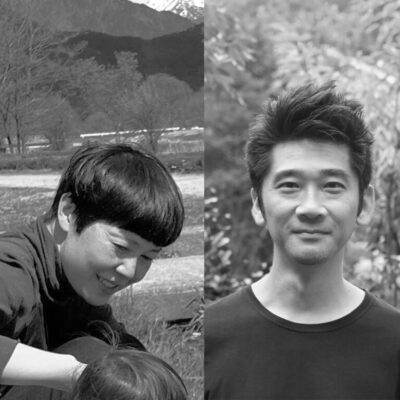
Exhibition Directors: Motoshi Chikamori + Ai Ohara (plaplax)
With a focus on the creation of interactive art, the activities of these artists span a wide range of fields that include exhibition composition, spatial presentation, and video content planning and production. Employing a variety of methods and media, they work to create experiences that make possible creative learning and discovery. In 2018, the two participated in the exhibition series Life—The 100th Anniversary of Chihiro Iwasaki’s Birth: Play plaplax, which was held at Chihiro Art Museum.
https://plaplax.com/
“Innocent children, beautiful nature, a wish for peace.”
These were themes that Chihiro depicted in her artwork throughout her life.
In the year that marks 50 years since her death, when we tried to address these themes anew, we decided to look at them through the eyes of science. But this doesn’t mean that we drew on difficult knowledge and information. Start by taking a close look at what you see in front of you. Accept it as it is. We don’t consider the eye of science to be something just for special people to consider difficult things, but rather a means that anyone can use to transform a familiar landscape into a rich world full of new discoveries. Children, by their nature, likely view the world in this way.
Visitors looking at the works at the venue, touching them, and moving their bodies. Children and adults alike excitedly working their way forward while exclaiming, “Wow! What’s this?” This is the kind of exhibition we wanted to realize.
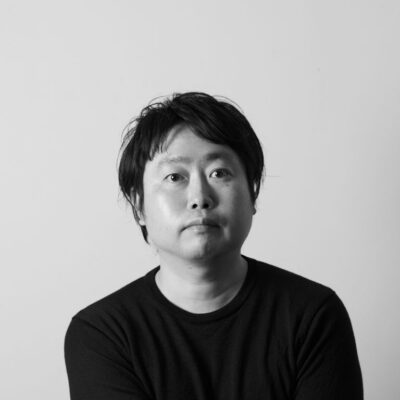
Graphic Design:Tomohiro Okazaki
Tomohiro Okazaki established his own design studio, SWIMMING, in September 2011. Working from a foundation based in graphic design, he flexibly connects such visual communication media as printed materials, video, and exhibitions, and engages in design activities spanning both the cultural and economic realms, regardless of the scale of the work. Okazaki is strongly attracted to the potential of design work as an opportunity to confront unknown worlds and phenomena, to connect with people and society, and to discover and engage with the way the world is perceived and structured.
https://www.swimmingdesign.com/profile/
Chihiro’s illustrations are with us in our lives in the form of books or printed matter. I’m interested in the boundary where our daily lives and her world blend together. I feel the word “richness” applies to the feeling that is borne when the time we live in comes in contact with Chihiro’s world. What I’m trying to achieve in the graphic design of posters and fliers [for the Chihiro Museum’s 2024 exhibitions] is a graphic image as an object or space where Chihiro’s world and our world overlap. Although illustrations exist as two-dimensional objects, they actually exist together with physical things and space. I will attempt to design a state in which illustrations overlap with the world we live in. And I imagine that it would be possible to design a means of melding this perspective into the graphics of the exhibit rooms as well.
“Telling myself, ‘We’re all friends,’ I look for the nostalgic, tender home of the human soul, which can be found in picture books.” These words, which Chihiro Iwasaki wrote, reflect how she approached the process of making picture books. Her picture books may contain the secret to creating peace. By seeking peace through Chihiro’s illustrations and words, we may be able to discover many answers. In this exhibition, which incorporates the concept of inclusive design, we use Chihiro’s illustrations as a starting point as we strive to find hints for how all people, from children to adults, can respect one another and build peace together.
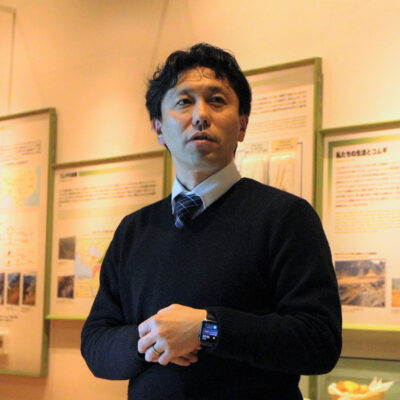
Exhibition Cooperation: Takayuki Shiose, (Associate Professor, System engineering, Inclusive design, Kyoto University)
Professor Shiose continues to explore the design of inquiries that attract diverse people to learn deeply, including supervising the renewal of one of the National Museum of Emerging Science and Innovation’s permanent exhibitions, Nanairo Quest—The Stories of the Future of Living with Robots, and the renewal of the Tokushima Prefectural Museum from the perspective of inclusive design.
If you were to think about the “opposite words of peace,” what words would come to mind? If you weren’t to use words such as “war” or “conflict,” what words would you use to describe the concept? For Chihiro Iwasaki, not many of her works directly dealt with war, a theme that must have been heartbreaking for her, but rather, she simply continued to depict children.
“Children, with their innocent eyes and lips and hearts, are all the same around the world.” This viewpoint, unique to Chihiro, who created many children’s picture books, is the basis for thinking about peace in this exhibition. When Chihiro said, “At those times in your life when you feel sad or hopeless, please recall the gentle world of picture books,” I believe that her voice will give us the strength to face peace.
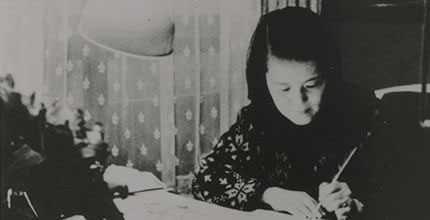



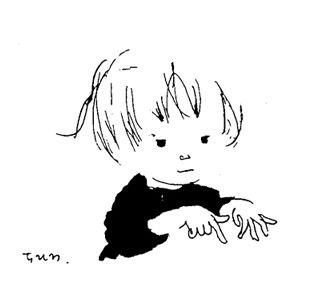
SNS Menu